Youth Ending Hunger currently has 47,110 active members in 1,901 units across Bangladesh. Their youth units are 1) educational institution based, or 2) community based.
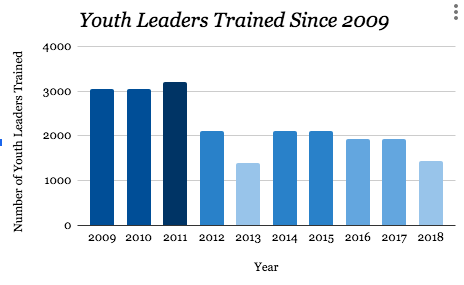

YEH leaders have engaged in hundreds of Social Action Projects since 1990.
Below are some of our success stories!
Case 1: Building Awareness on Cervical Cancer among young people
In 2017, youth activists, led by Rukaiya Alam Moumita, launched a social action project geared towards raising awareness on cervical cancer among young people. The goal of this project is to decrease the rates of cervical cancers among young women in the community by increasing awareness, prevention, and access to health care. Student leaders have worked with the Bangladesh Cancer Society, passed out leaflets to community members, increased their social media presence, and conducted interviews with local women to ensure that their community members are adequately prepared if they, or anyone they know, contracts the disease.
Case 2: Project SEESAW
In an effort to build awareness around menstrual pads, a group of 15 youth leaders established a social action project to help young women and girls gain access to sanitary products. With the support of mentors and community members, Active Citizens, and The Hunger Project, volunteers were able to reach hundreds of students from the Hathazari area and not only educate both boys and girls on sanitary menstrual practices, but they also helped many girls attain sanitary pads. SEESAW is currently searching for sponsors that will help them supply community members with menstruation supplies that are both cost-efficient and sustainable.
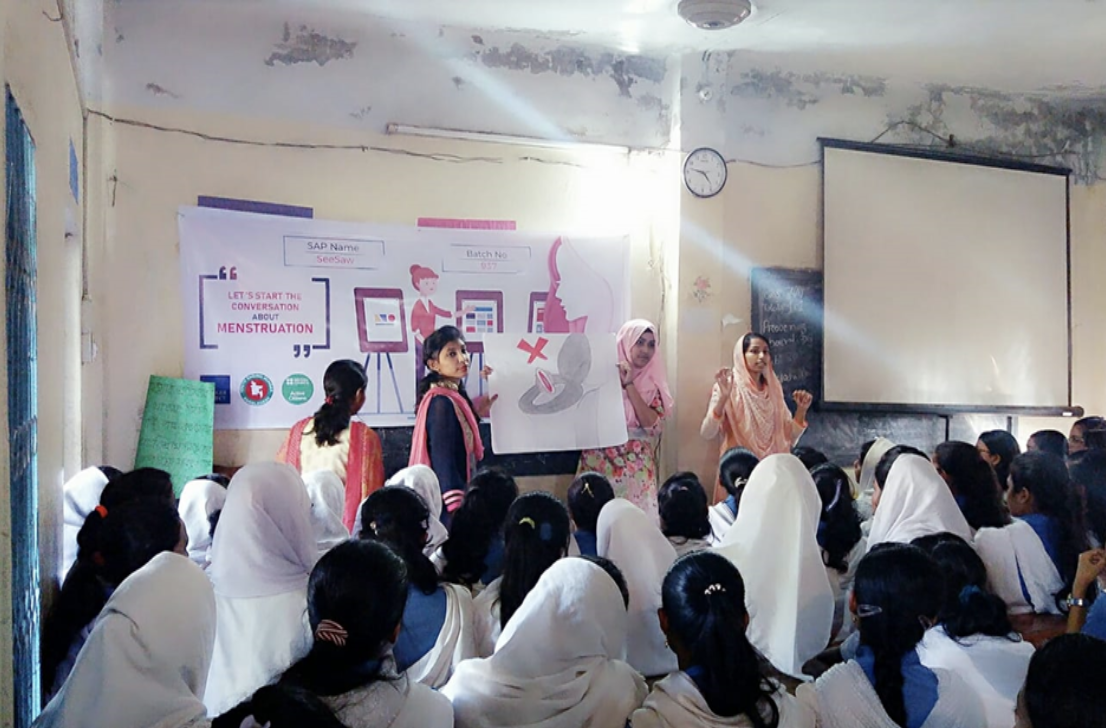
Case 3: Adolescence Freedom
After receiving ‘Active Citizen’ Youth Leadership Trainings, leaders from Jagannath University started the Adolescence Freedom social action project to raise awareness and support of the physical and mental health of teenage adolescents. With help from the British Council and The Hunger Project, activists have reached an audience of 3000+ parents and children through social media and online platforms, increasing awareness about the mental and physical difficulties of adolescence. Working with the University’s psychology department, team members conducted research, presented over five seminars in different schools, and plan to open a counseling center for adolescents who are seeking mental health resources. This is an ongoing project, with plans to form sister teams across different schools to broaden their reach. These leaders are challenging the mental health stigma that is present in many societies and working to protect the youth in their community.
Case 4: Social Harmony
The Social Harmony initiatives found in the three villages of the Mougachi Union in the district of Rajshahi were established as a means to mobilize community members, especially the youth. Since 2014, adolescents have been encouraged to engage in activist projects that protect the rights of women and girls, solve local problems, and participate in leadership development programs that tackle various social issues. These initiatives are meant to empower community members while strengthening their ability to mobilize and establish platforms that create a shared understanding among citizens.
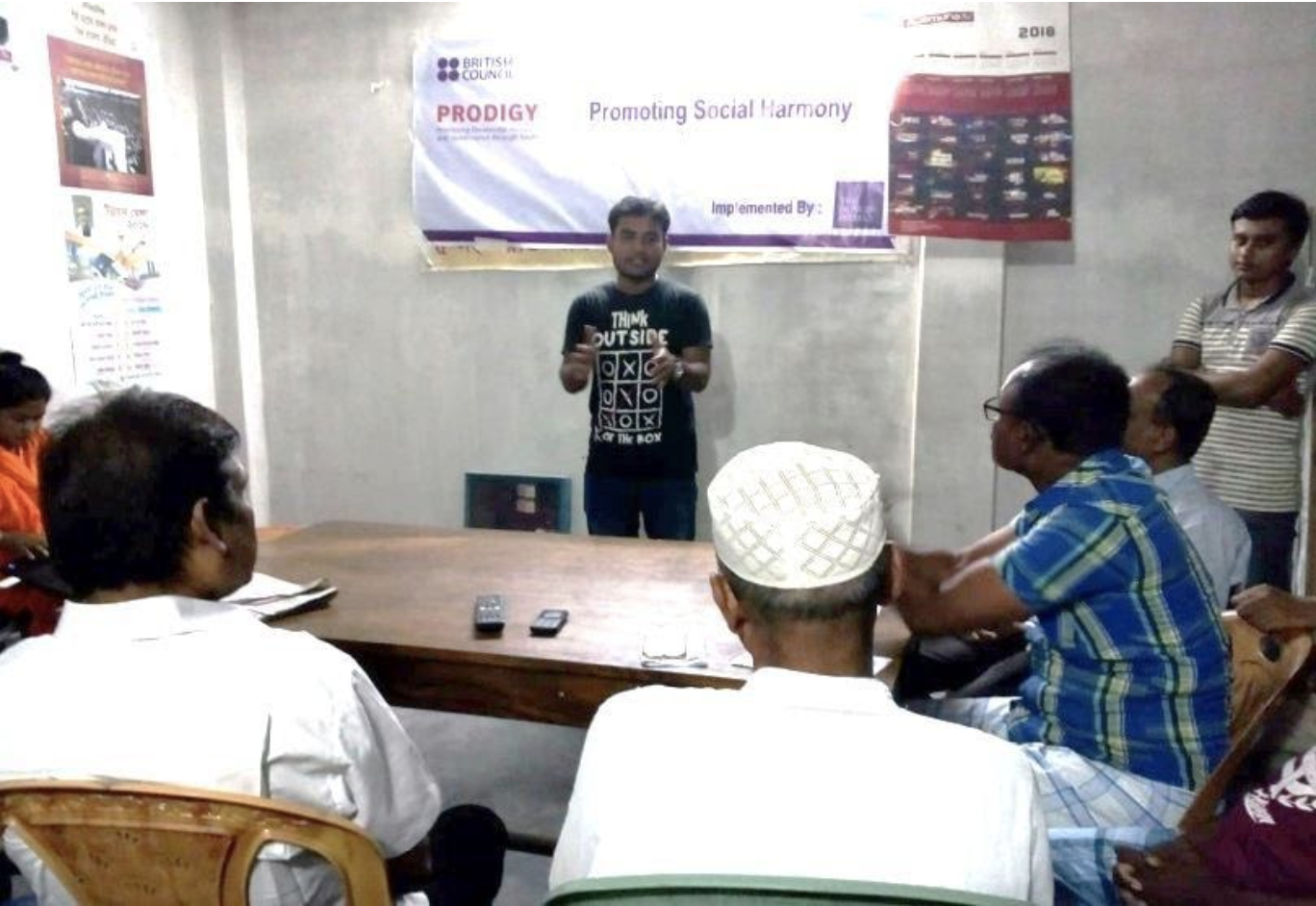
Case 5: Ring the Bell
As the world becomes digitized, youth leaders in Bangladesh are working to educate the younger generations on online etiquette and how to properly use the internet. Ring the Bell was coordinated by youth leaders, Md. Arif Hossan Sujon and Tanzila Yasmin and supported by facilitators from “Active Citizen- Youth” along with local mentors. The theme students chose was “Internet for Good”, with goals intending to teach youths on the appropriate use of the internet and technology, focus on positive change in internet uses, and combat excessive use and misuse of social media among Bangladesh’s youth. In just one year, leaders of “Internet for Good” were able to reach over 1200 students across the Chittagong region, educating them on the positive and negative aspects of the internet and preparing them for opportunities that involve technology. The project raises awareness about physical and mental side-effects of excessive internet use, courses on cyber bullying, and promoting positive uses of the internet such as e-books and online courses.
Case 6: Awareness on Right to Information (RTI)
The following example demonstrates the power of the RTI law in Bangladesh: Bobita Khatun, resident of Berabari, Mougachi union in the Rajshahi district, faced a problem of non-transparency at a local hospital. Bobita knew that the specific medicine that a fellow patient was forced to pay for was in fact free for underprivileged patients. Bobita described her experience at a PRODIGY (Promoting Democratic Inclusion and Governance through Youth) meeting. After the group encouraged Bobita to take further action under the RTI Act, the hospital publicized a list of all free medications that the local population had access to.

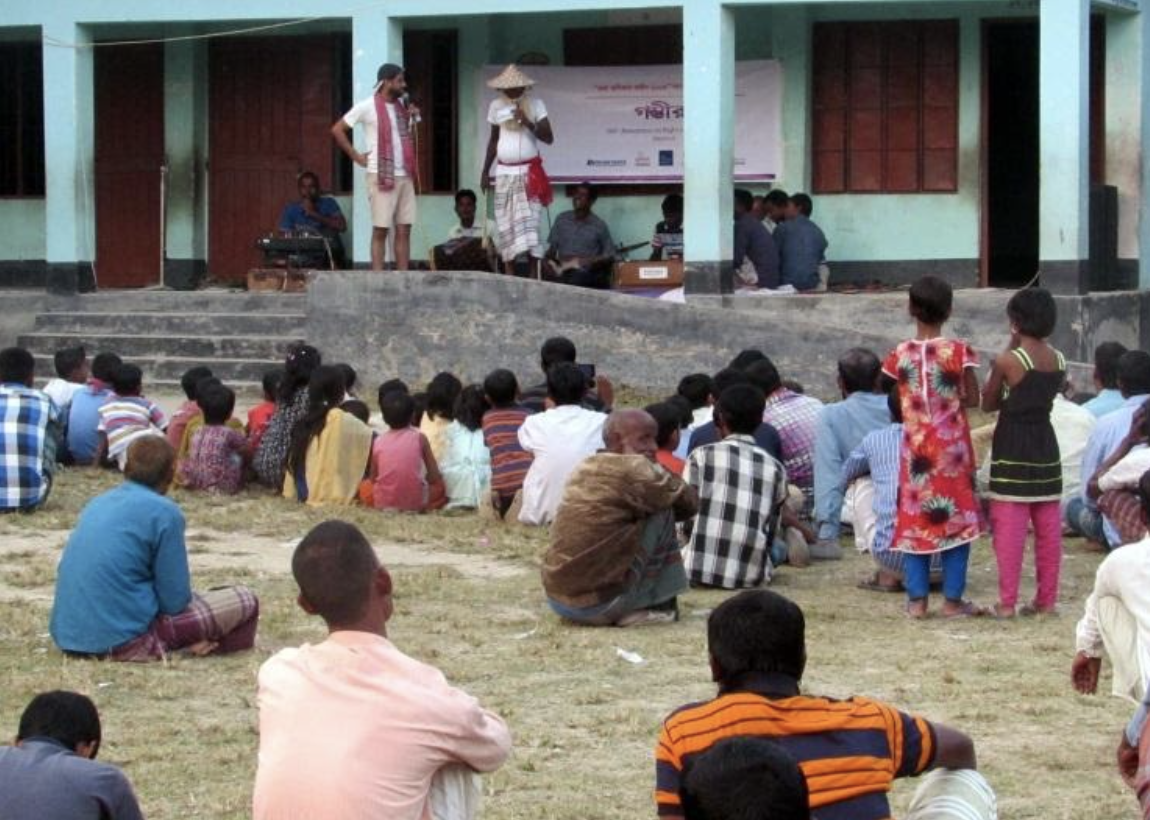
Case 7: Aziziul Haq Romel
24 year old youth activist from Dhaka, Bangladesh, Azizul Haq Romel is a vocal student working on Gender-Based Violence with YEH. Azizul has become a fierce advocate for gender-based violence, first at Bangladesh University, then in Dhaka’s transportation services, and most recently through a platform that he built called Youth Discourse. Through this platform, Azizul aims to develop public speaking and debate skills in young girls. Over 150 university students are now involved in Azizul’s platform, which reaches more than 1000 girls from 12 schools in and around Dhaka.
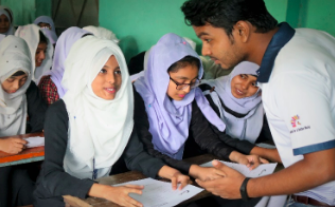
Case 8: Let’s Fight Against Thalassaemia
This social action project, started in 2013, is an endeavor to combat Thalassemia. 10-12% of the Bangladeshi population are carriers of Thalassemia, though many of them live without knowing. This project aims to promote awareness of Thalassemia and develop an active Blood Donor Database System. The youth involved in this project have seen several notable achievements: launched a mobile app promoting awareness of Thalassemia, established a Thalassemia carrier counseling center, and completed research on the disease under funding by DGHS. Furthermore, the group has become an official member of the International Thalassemia Samity. The project is ongoing, and has attracted over 2,500,000 participants, benefiting over 20,000 patients.

